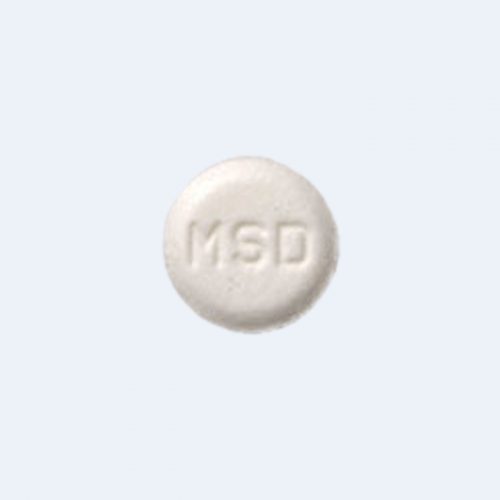Bactrim

Lamictal
January 27, 2017
Femara
January 27, 2017Bactrim
Brand Names: Bactrim, Bactrim DS, Septra DS, SMZ-TMP DS
Generic Name: Sulfamethoxazole and Trimethoprim
What Patients Should Learn about Bactrim
To treat infections caused by susceptible bacteria, patients are often told by doctors to take Bactrim. For example, this medication helps them treat urinary tract infections, chronic bronchitis, middle ear infections and so on.
It’s all about a specific combination of two man-made antibiotics, trimethoprim and sulfamethoxazole, and they help patients decrease the ability of certain bacteria to use folic acid for growing.
By combining them people succeed to interrupt the main steps involved in the production of bacterial proteins.
Possible Side Effects of Bactrim
Some of the most common negative symptoms caused by this medication include:
- Headaches and anorexia;
- Dizziness and lethargy;
- Diarrhea and nausea;
- Rash and vomiting;
- Anemia and liver damage.
Only a few patients end up with serious adverse effects when taking Bactrim, including serious skin rashes and extensive sunburn, so users need to avoid excessive sun exposure and wear effective sunscreen.
This medication may form crystals in the urine that damage kidneys and result in bleeding in the urine.
That’s why it’s important to drink extra liquids when undergoing this treatment to avoid these adverse effects.
Recommended Doses and Available Forms
Bactrim is available as standard pills that contain 800 mg of sulfamethoxazole and 160 mg of trimethoprim.
The most common dose taken by patients to treat different urinary tract infections is ½ pill each 12 hours within 2 weeks.
If they need to get rid of flares of chronic bronchitis, the same regimen is recommended, but patients who have serious kidney complications should take lower doses regularly.
Drug Interactions to Avoid
Bactrim may increase the blood-thinning effects of warfarin, thus, resulting in possible bleeding, and its use may boost the metabolism of cyclosporine while leading to kidney damage.
This medicine is prone to crystallize in the urine, and that’s why it shouldn’t be combined with methenamine.
The effectiveness of Dilantin is reduced when it’s combined with Bactrim, but its side effects, such as dizziness, are increased. This medication may lead to toxic side effects when combined with Lanoxin.
In addition, Bactrim shouldn’t be combined with such meds as Depacon, Divalproex, Trexall and a few others. Patients shouldn’t mix it with ACE inhibitors to avoid increased potassium levels in the blood.
Necessary Precautions
Before you start using Bactrim, make sure that your doctors know everything about your allergies and other medical problems, including kidney and liver difficulties, blood disorders, vitamin deficiency, asthma, metabolic disorders, reduced bone marrow, mineral imbalances, underactive thyroid, etc.
This medicine can make some patients become more sensitive to the sun, so they need to avoid direct sun rays. If they have diabetes, use of Bactrim may influence their blood sugar levels, so they should be careful.








